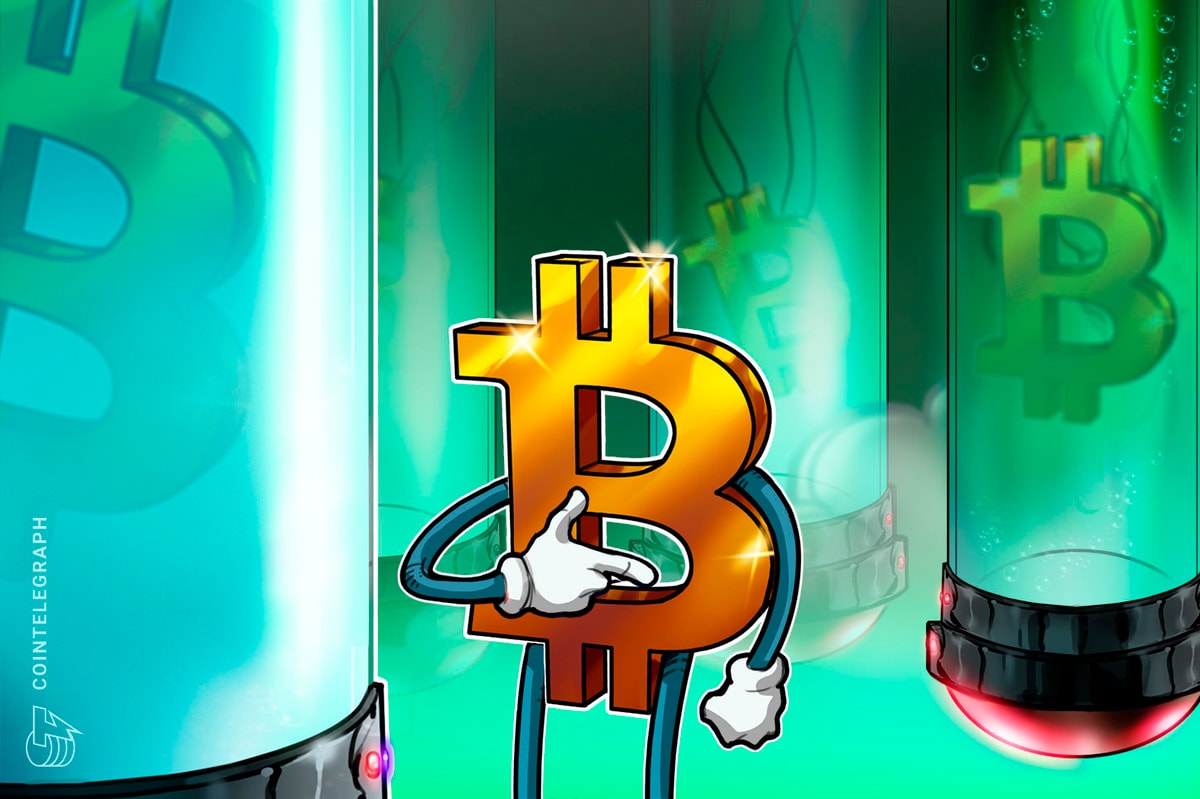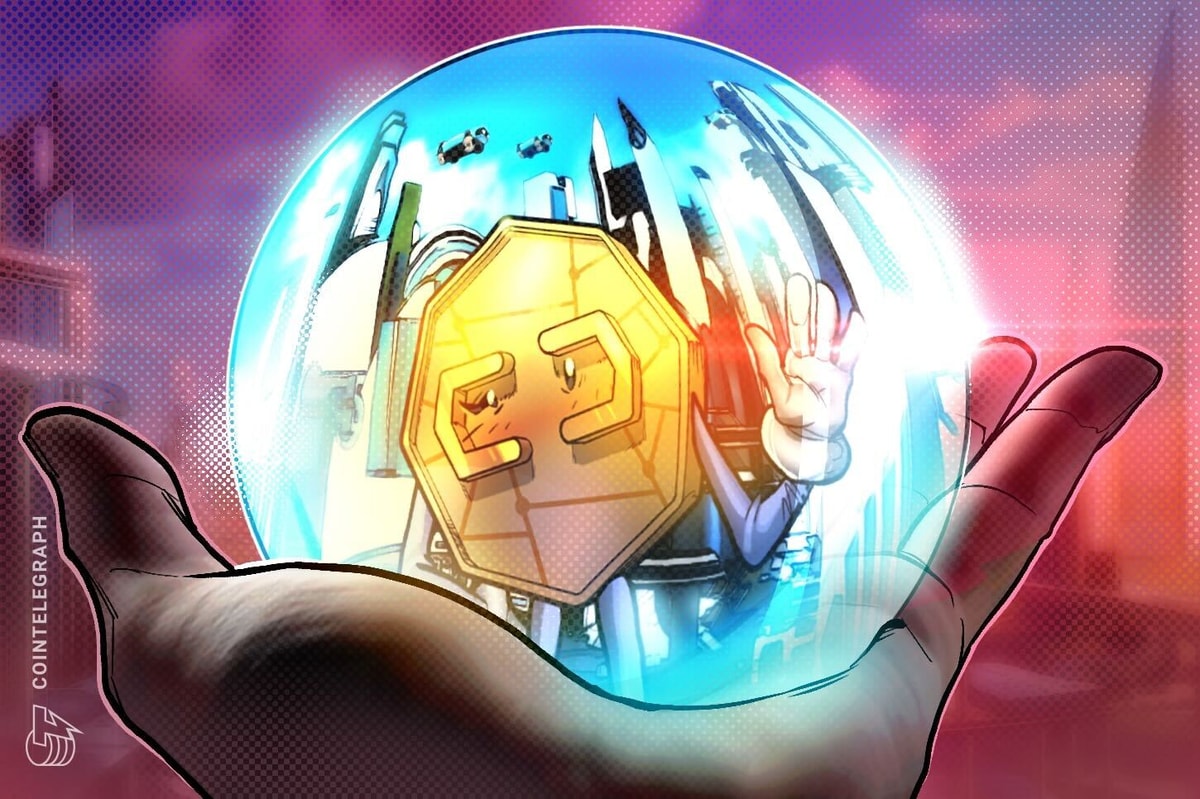Multicoin Capital has submitted a proposal to shift the Solana network’s current token emission model to a variable-rate system designed to reduce inflation.
The proposal, known as SIMD-0228, introduces a market-oriented solution that fluctuates based on the staking participation rate, which is calculated by dividing the amount of staked SOL (SOL) by the total number of tokens in circulation.
If the staking participation rate dips below the suggested target rate of 50%, new token issuance increases to encourage stakers and validators to secure the network.
Conversely, if the participation rate exceeds the target rate, token issuance is restricted, with a maximum cap placed on the inflationary rate to control the minting of new tokens.
Tokenomics and inflation remain key challenges for distributed cryptocurrency networks, fueling ongoing debates over the most optimal incentive models.
Solana’s proposed inflation schedule in annual percentage terms. Source: Solana
Related: New Solana proposal aims to fix scalability issues with ‘lattice’ system
Solana’s token emissions spark debate
In May 2024, Solana validators voted to pass another proposal, SIMD-0096, which eliminated the 50% burn mechanism for validator priority fees over the network, allowing 100% of the fees to be allocated to block producers.
Critics of the proposal warned that incentivizing validators by eliminating the protocol’s 50% fee-burning mechanism would increase SOL’s inflation rate.
This inflation would benefit validators; however, SOL holders who choose not to stake could suffer from the corrosive effects of inflation diluting their holdings.
Total SOL supply over time. Source: Solana
Related: What is MEV: A beginner’s guide to Ethereum’s invisible tax
Despite passing with a 77% approval rate, SIMD-0096 has not yet been implemented on the Solana mainnet at the time of this writing.
According to data from StakingRewards, approximately 65% of SOL’s circulating supply is currently staked.
Jito — a Solana-based maximal extractable value (MEV) block-building solution — exceeded $100 million in tips in December 2024, providing a supplemental income stream for validators.
Proponents of altering Solana’s token emissions argue that validator rewards acquired through maximal extractable value provide enough incentives for validators to secure the network.
These incentives through MEV strategies alleviate the need to give 100% of priority fees to network validators and are not worth the risk of raising SOL’s inflationary rate, proponents say.
Magazine: What Solana’s critics get right… and what they get wrong











